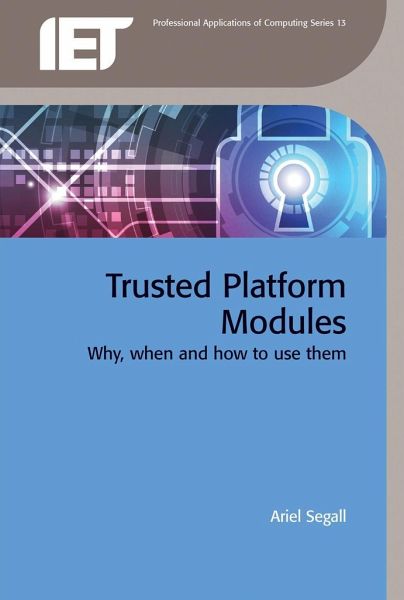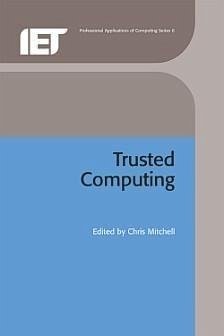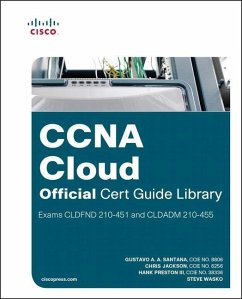
Trusted Platform Modules: Why, When and How to Use Them
Versandkostenfrei!
Versandfertig in über 4 Wochen
114,99 €
inkl. MwSt.

PAYBACK Punkte
57 °P sammeln!
This book describes the primary uses for Trusted Platform Modules (TPMs) and practical considerations such as when TPMs can and should be used, when they shouldn't be, what advantages they provide, and how to actually make use of them, with use cases and worked examples of how to implement these use cases on a real system.














